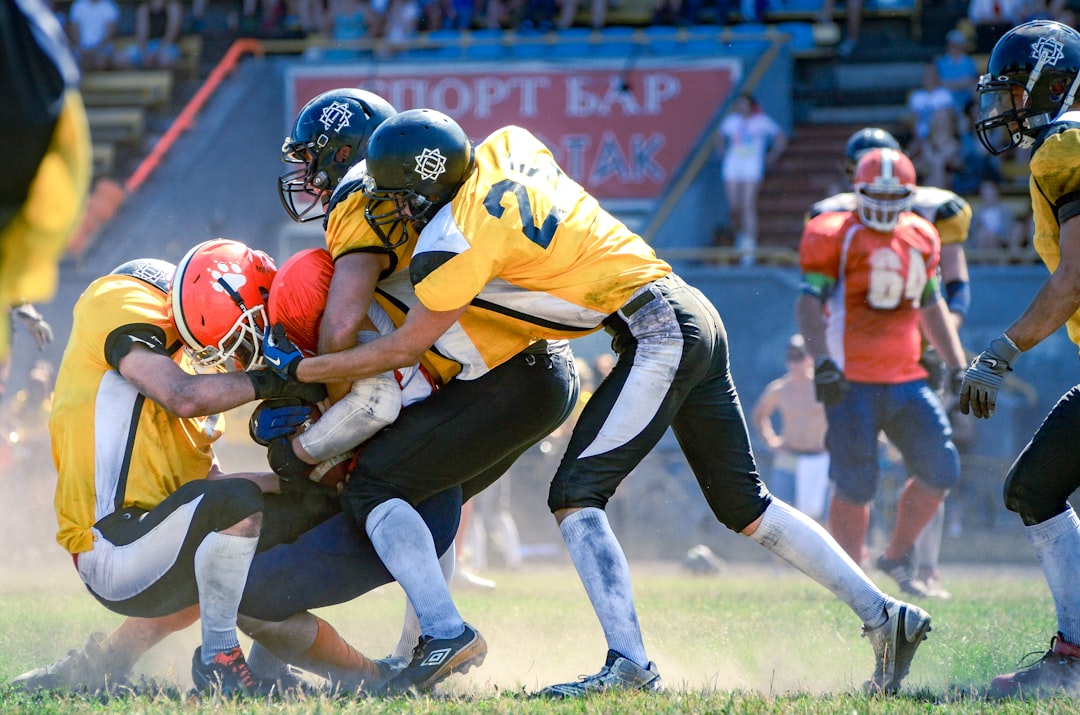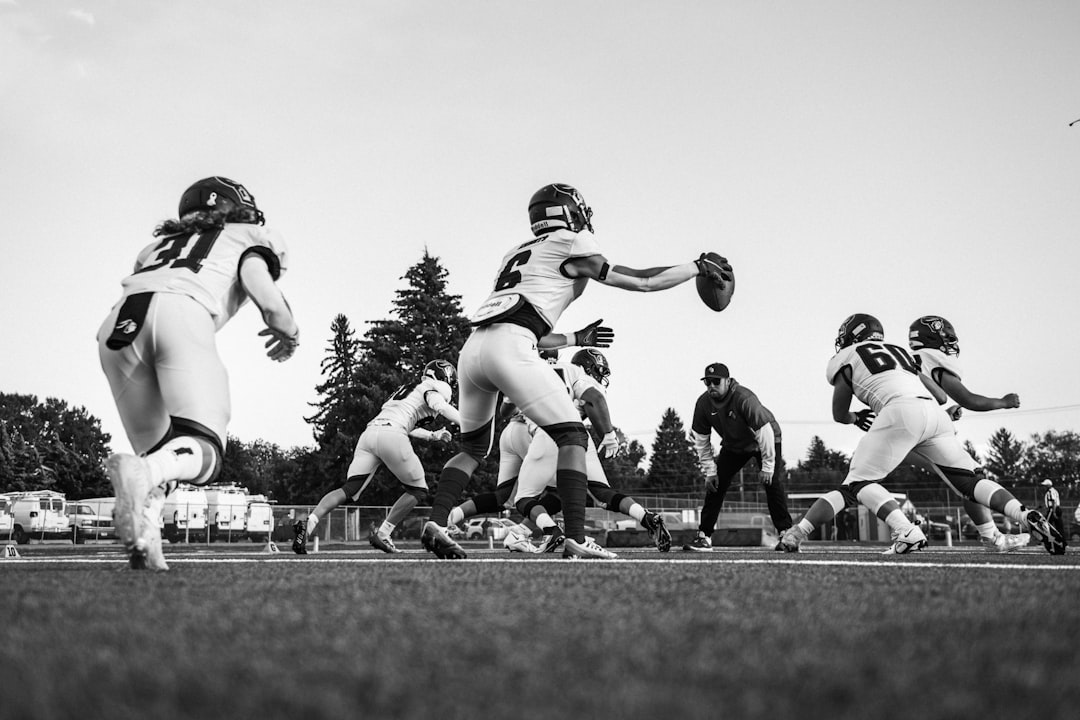In American football, the linebacker is one of the most dynamic and crucial positions on the defensive side of the ball. Tasked with a wide range of responsibilities, linebackers bridge the gap between the defensive line and the secondary, acting as the heart of most defensive formations. But what exactly does a linebacker do, and how do they impact the game? Let’s dive into the role with a detailed explanation that breaks down their responsibilities, skillsets, and significance within the sport.
The General Role of a Linebacker
Linebackers are positioned behind the defensive linemen but ahead of the defensive backs. These players must be athletic, intelligent, and aggressive, as they play a hybrid role that involves run stopping, pass coverage, and blitzing. Essentially, linebackers are defensive all-rounders who wear many hats during a game.
There are typically three kinds of linebackers in a standard 4-3 defense:
- Middle Linebacker (MLB) – Often called the “quarterback of the defense,” this player takes charge of calling defensive plays and making real-time adjustments.
- Strong-Side Linebacker (SLB) – Positioned on the side of the field where the tight end lines up. Needs strength to battle blockers and the speed to cover receivers.
- Weak-Side Linebacker (WLB) – Lines up away from the tight end and is usually the most agile linebacker, responsible for chasing down plays and helping in pass coverage.
In a 3-4 defense, the configuration uses two inside linebackers and two outside linebackers, but their primary jobs remain structured around stopping the run, covering the pass, and pressuring the quarterback.

The Core Responsibilities of a Linebacker
Though individual duties may vary depending on the specific defensive formation and play call, the backbone of linebacker responsibilities can be categorized into three major functions:
1. Run Defense
This is one of the most critical roles for a linebacker. When the opposing offense hands the ball off to a running back, it’s the linebacker’s job to quickly diagnose the play and plug any gaps opened by the offensive line. Their goal is to meet the running back at or near the line of scrimmage and halt forward progress.
Because they operate in the middle levels of the defense, linebackers need to be fast reactors and solid tacklers. They read the offensive line’s movements and position themselves accordingly, often anticipating the running lane before it forms.
2. Pass Coverage
Another vital task is safeguarding against the pass. Linebackers are often required to cover tight ends, running backs coming out of the backfield, and even wide receivers in certain zone coverage schemes. In man-to-man defense, a linebacker might be matched up with a back or tight end. In zone concepts, they patrol a designated area of the field, watching for crossing routes and intermediate passes.
This aspect of play demands agility and awareness, as they must track fast receivers and read the quarterback’s eyes to disrupt pass attempts or create turnovers.
3. Blitzing and Pressuring the Quarterback
When defensive coordinators call for a blitz, linebackers often serve as the primary weapons. Their goal in such instances is to storm through the offensive line and apply pressure on the quarterback with the hope of forcing a sack, bad throw, or turnover.
To be successful blitzers, linebackers must use quickness, timing, and deceptive alignment. They often disguise their blitzes so as not to tip off the offense until the last second.
Different Types of Linebackers
Linebackers are adaptable by nature, but they often develop particular strengths depending on their body type, speed, and football IQ. Here’s a deeper look at commonly recognized linebacker sub-types:
- Coverage Linebackers: These are usually lighter and quicker players effective in pass coverage. They might drop back into zones or trail tight ends and running backs into routes.
- Run-Stopping Linebackers: Bigger, stronger, and more physical, these linebackers are adept at shedding blocks and making tackles in the trenches.
- Pass-Rushing Linebackers: Especially critical in schemes like the 3-4, these players excel at getting to the quarterback through planned blitzes or edge rushes.

Skills That Make a Great Linebacker
To succeed in such a multifaceted role, linebackers must possess a unique blend of physical ability, mental agility, and leadership traits. Here are key skills that set elite linebackers apart:
- Field Vision and Awareness: Being able to “read” plays as they unfold and react quickly is essential for diagnosing where the football is going.
- Tackling Ability: Linebackers must consistently bring down opponents in one-on-one situations with clean, powerful tackles.
- Speed and Agility: The ability to cover ground in both run and pass situations enables linebackers to remain competitive with offensive speedsters.
- Leadership: Particularly the middle linebacker, must communicate with teammates, call out offensive formations, and make audibles to adjust accordingly.
Famous Linebackers Who Defined the Position
The linebacker position has given rise to some of the most iconic and feared players in football history. These legends have set a high bar for what it means to be elite at the position:
- Ray Lewis (Baltimore Ravens): Known for his intensity, leadership, and unmatched tackling ability, Lewis was the heart and soul of the Ravens’ defense.
- Lawrence Taylor (New York Giants): Revolutionized the outside linebacker role as a premier pass rusher. He’s one of the few defensive players to win NFL MVP.
- Mike Singletary (Chicago Bears): The centerpiece of the legendary 1985 Bears defense, Singletary was known for his field leadership and punishing play style.
How Linebackers Fit into Modern NFL and College Defenses
In today’s fast-paced game, the role of the linebacker has grown even more sophisticated. Offenses now spread the field with multiple receivers and quick-tempo schemes, requiring linebackers to be more versatile than ever. This evolution has led to the rise of so-called “hybrid” players – athletes who can play linebacker and defensive back roles depending on the situation.
Coaches increasingly value linebacker prospects who excel in coverage and can keep up with mobile quarterbacks and athletic tight ends. It’s no longer just about brute strength; intelligence and adaptability now define the position in the modern era.

In Summary
Linebackers are the Swiss Army knives of a football defense – strong, intelligent, fast, and adaptable. Their responsibilities span from defending the run to covering tight ends, and from leading the defensive unit to making game-impacting plays through well-timed blitzes. Whether in the pros or collegiate levels, a great linebacker not only understands the Xs and Os but also plays with the kind of heart and leadership that elevates an entire defense.
So, the next time you watch a football game, keep an eye on the linebackers. You’ll begin to notice the small reads, the sudden bursts to the ball, and the intensity they bring to every play. They are, in many ways, the unsung tacticians and enforcers of the gridiron.
